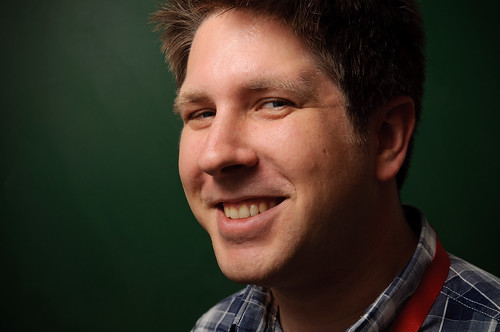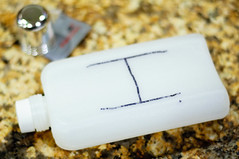Sunrise With Snapseed

One of my favorite iPhone/iPad photo editing apps is now available on the Mac App Store, and it’s called Snapseed. It’s more than just an effects application, but it’s strength is that it’s a quick and fun way to add some textures and styles to your images. The people at Nik software are really setting the bar pretty high with their image editing effects, and this mobile app crossover is no exception.
I was up at an ungodly hour this morning (for a Sunday) and managed to catch the sunrise from my back porch. I decided to make lemonade out of the lemony situation and play around with the photo in Snapseed to see what I could make with it. The image above was made using their “Grunge” effects as a starting point. The following is the same photo was using Snapseed’s “Vintage” effects as the starting point:

It also has a mean black & white converter. This version of the image used the “Film” preset as a starting point as well as a green filter effect:

And for the purists out there, it also does some very subtle basic adjustments, such as saturation, cropping & straightening, sharpening, etc. The interface is very simplified compared to more professional editing software such as Adobe Lightroom, which to some might be a selling point. Here’s the same photo straight out of Lightroom as a reference point:

For $20, this application is a steal.





















